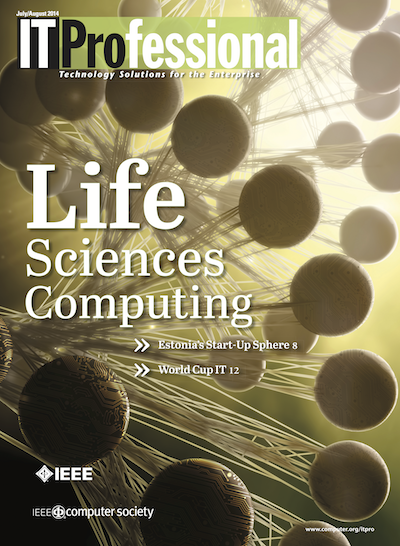Engineering Challenges in the World of Life Sciences
When Alice the engineer ventures into the researchers’ world of life sciences, she realizes that their research methodology works backward compared to her own top-down engineering approach. In this realm, she tries to understand where systems and computational biology is the much-needed methodological middle ground.
Unlike engineers, biologists don’t design systems. They instead try to understand how a certain biological system works. This task is known as reverse engineering, a concept very clear to engineers—but not so easy to understand for other scientists, especially in its implications.
According to Eldad Eilam and Elliot J. Chikofsky, reverse engineering “is the process of discovering the functional principles of a device, object, or system through analysis of its structure, function, and operation.” Life sciences are “the” reverse engineering sciences by definition: their task is to understand, model, and predict the dynamics of the biological systems that allow, define, and regulate life. One key concept to understand is that designing a system and reverse engineering it are two opposite tasks whose complexity can differ by orders of magnitude.
Given this, the question now is: Should the target system’s complexity (in mathematical terms) drive the methodological approach followed to reverse engineer it? Answering this question is fundamental, because it could have important consequences not only in terms of how research is planned but also how IT professionals plan and organize their life sciences curricula. The choice of a methodological approach is a consequence not just of the notions scientists learned during their studies but even more of the mindset that a particular course of studies shaped in each of them.
Enjoy reading this exciting discussion in an interesting paper from Benso et. al:
 A. Benso, S. Di Carlo, G. Politano, A. Savino and E. Bucci, “Alice in “Bio-Land”: Engineering Challenges in the World of Life Sciences,” in IT Professional, vol. 16, no. 4, pp. 38-47, July-Aug. 2014.
A. Benso, S. Di Carlo, G. Politano, A. Savino and E. Bucci, “Alice in “Bio-Land”: Engineering Challenges in the World of Life Sciences,” in IT Professional, vol. 16, no. 4, pp. 38-47, July-Aug. 2014.
doi: 10.1109/MITP.2014.45
